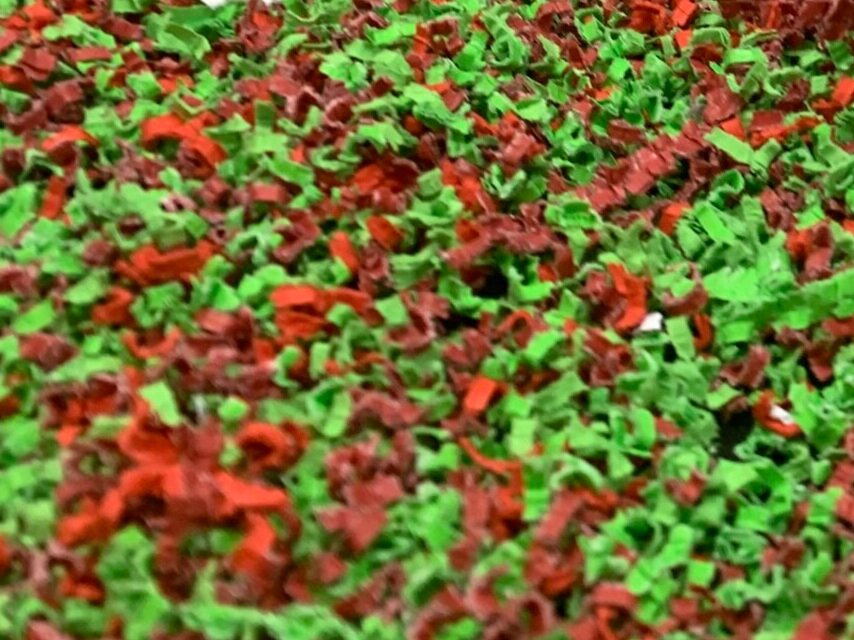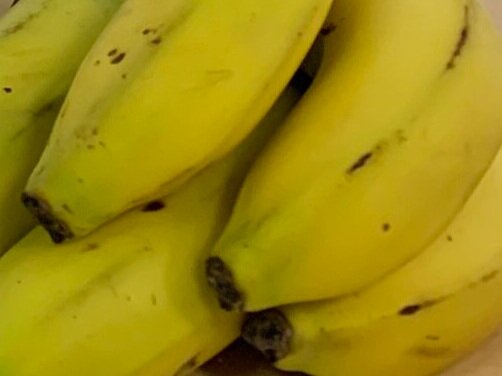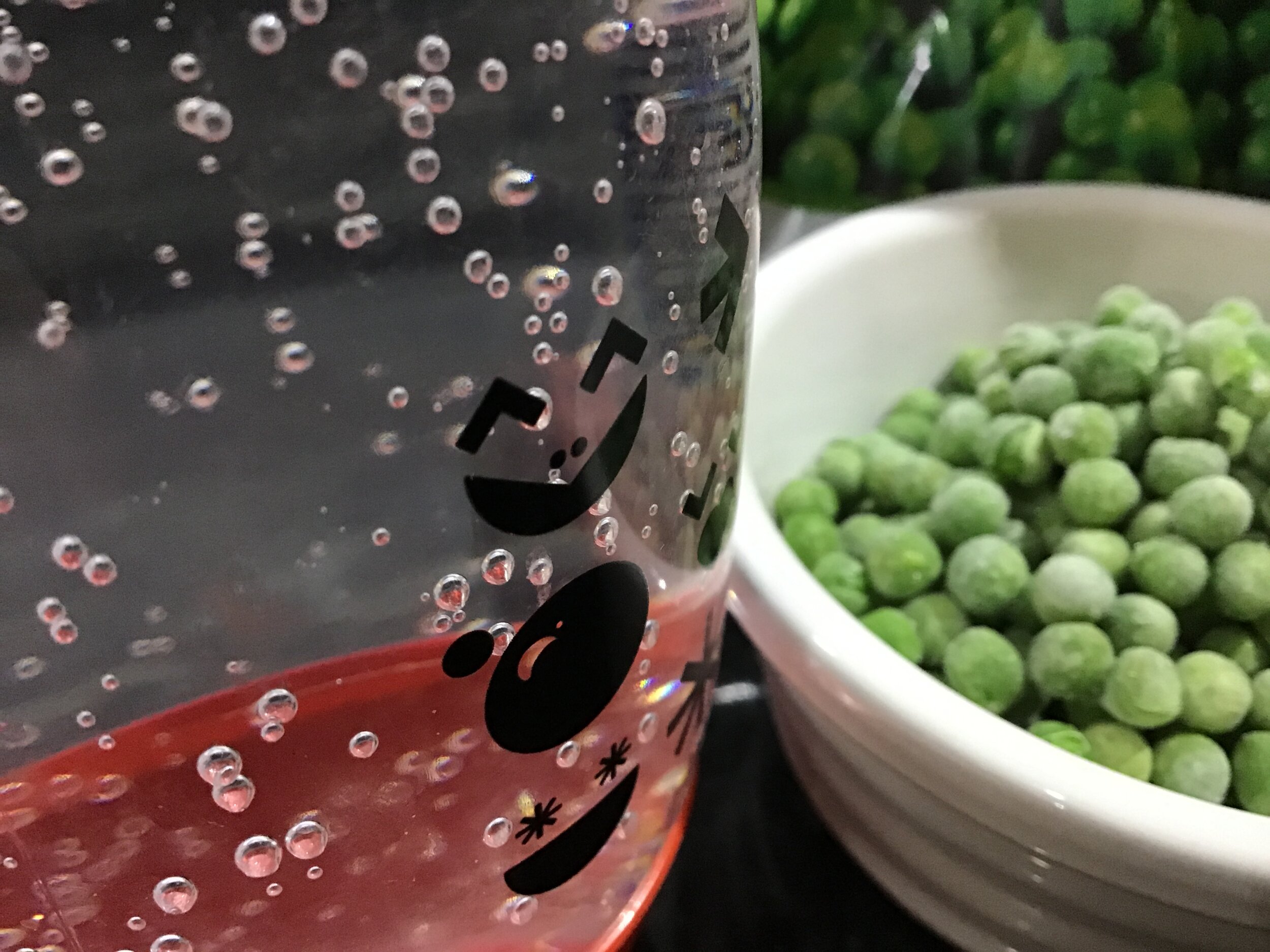Storytelling to Inspire Food Play
Children with severe, complex and profound special educational needs may experience feeding challenges. For some, this might be because of Dysphagia (physical difficulties that make it unsafe to swallow), due to physical and physiological challenges or due to differences in sensory integration, in particular how they perceive and respond to tactile (touch) information.
Tactile Sensory System.
Feeding is one of the most complex things we have to do because it involves integrating information from every sensory system.
The tactile (touch) sensory system is obviously involved in feeding because it provides us with information about texture and temperature. We have tactile receptor cells all over our skin.
These might be children who hate being messy, tend to only eat dried foods like crackers and rice cakes, hate being barefoot or having their sleeves rolled up, don’t enjoy cuddles or being touched by others and find it difficult to engage in activities of daily living like washing their face, cleaning their teeth and bathing. They are described as being “hyper-responsive” in which their reaction and response is not proportionate to the demand of the activity or the environment. These children may avoid tactile activities (including feeding) at all costs because they find it distressing and unpleasant. If we avoid activities that involve our tactile system (touch) then it impacts upon our engagement with our environment, our development of sensory integration and therefore our development in all areas of our learning including cognition, communication, physical and sensory and personal, social and emotional development.
Tactile Play.
Playing and engaging with different food textures and temperatures in activities when there is no demand to eat can support pupils to effectively and efficiently process tactile information and respond in a way that is proportionate to the demand of the environment. Play with the support of playful interaction partners can change negative experiences into positive ones. Over time, by exploring the different sensory experiences of food through play, this will support their acceptance of a variety of food.
Whenever offering food related play, please ensure that you discuss it with the child’s dysphagia trained Speech and Language Therapist to make sure that it is safe for a child to do so and take into account any allergies or dietary requirements.
Storytelling.
Including stories (that contain food) in carousel play can inspire educators to plan and resource fun and motivating activities that inspire pupils to take part in food related play! Sometimes we will have 4 activities all inspired by the same story or 4 different stories and an activity for each. We have shared some of our favourite stories and planning ideas below.
The Very Hungry Caterpillar.
Written by Eric Carle.
We all know the story of The Very Hungry Caterpillar.
Resources: This activity doesn’t actually contain real food but shredded paper and plastic foods. The dry and consistent texture of shredded paper is easier to manage and can support engagement for those with severe tactile and food aversions.
We would plan this sensory tray alongside a food tasting activity and other real food tactile play in carousel play.
Goldilocks & the Three Bears.
Version written by Tony Ross.
Resources: Big, medium and small wooden bowls, big medium and small spoon (the bigger the contrast in size the better!), dry porridge oats, fancy dress bear hat, communication support.
To do: Dress up as a bear. Explore the feel of the porridge oats, fill up the bowls with oat, mix and pour. You might have another carousel play table set up pour and mix milk and porridge.
Christopher Pumpkin.
Written by Sue Hendra & Paul Linnet.
Christopher is magicked alive by a witch and ordered to throw a spooky party - but Christopher Pumpkin prefers bunting and fairy cakes!
Resources: Carved Pumpkin, Torches, Communication Supports.
To do: Explore the pumpkins by touch and smell. Turn the torches on and off. Put the lids on and take them off the pumpkins!
Keith the Cat with the Magic Hat.
Written by Sue Hendra.
Spoiler alert, Keith becomes a magician when an ice-cream cone lands on his head!
Resources: Ice-cream, Ice-Cream Sauces, Bowls, Spoons, Communication Supports.
To do: Set up a tasting station!
Remember to use sensory adjectives to comment on the taste, texture and temperature of the different foods.
Super Daisy.
Written by Kes Gray & Nick Sharratt.
Super Daisy has to save the world from Planet Pea, otherwise you will get peas with EVERYTHING, even in your lemonade:
Resources: Bottles of Sparkling Water (big and small), Frozen Peas, Effervescence, Communication Supports.
To do: Drop the frozen peas into the sparkling water and watch as they bounce up and down with the bubbles. Drop in an effervescence and watch the water and peas erupt!
Banana.
Written by Ed Vere.
Resources: Bananas, Switch Accessible Blender, Milk, Yogurt, Communication Supports.
To do: Peel the bananas together and put them into the blender pour in the milk, spoon in the yogurt and make banana smoothies!
TRY: Peeling and freezing the bananas first. This changes the sensory experience of touching a banana to hard and cold which can be an easier texture to manage.
Boardmaker Symbols: PCS and Boardmaker are trademarks of Tobii Dynavox LLC. All rights reserved. Used with permission.
Development in this area may be very slow and educators need to be playful and persistently provide motivating opportunities for pupils to take part in tactile and food play throughout the day.
Taken from The Springboard Curriculum: Assessment Framework, below is an example of the small steps that pupils might show evidence towards exploring the sensory experiences of food.
Explores the sensory experiences of food
* Smells food.
* Interacts with food using utensils or tools.
* Briefly touches food with extremities.
* Tolerates being messy.
* Uses hands to smear food.
* Incidentally touches food to lips, tongue and teeth.
* Repeats the action of taking food to lips, tongue and teeth.
* Shows pleasure from the sensory experience of food.
Example Taken from Inner Learning Circle 2. Core Curriculum Area: Personal, Social and Emotional Development. Learning Aspect: Feeding.
Team Meeting.
Ask your team for activity inspiration! Introduce the idea of using food play and playful interactions to support individuals with feeding difficulties and ask your team of educators:
What stories could inspire food play activities?
What resources would we need?
What could the pupils learn and how could they develop by participating in this activity?
Think of a pupil you work closely with, what they enjoy and their strengths and challenges. How could you make this activity fun, motivating and meaningful to them?
If you are enjoying our content, The Springboard Curriculum is available to buy here as an immediate digital download. You can follow the link to view sample pages before you buy. The reason we decided to share our work? To allow educators to use their time creatively to maximise play and tailor the learning activities to the strengths and challenges of each pupil.
£1 of every sale goes to the school’s charity to give back to the educators and pupils who inspired the curriculum.









